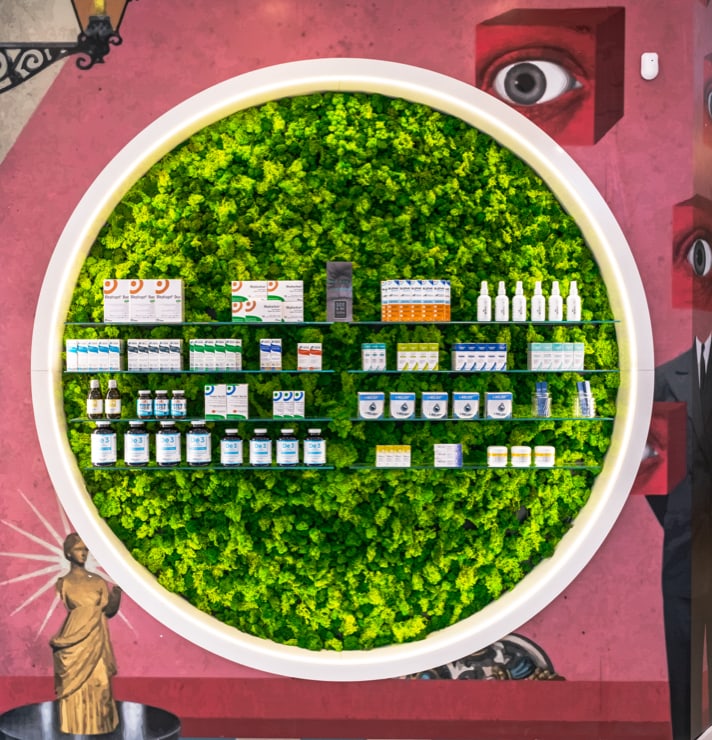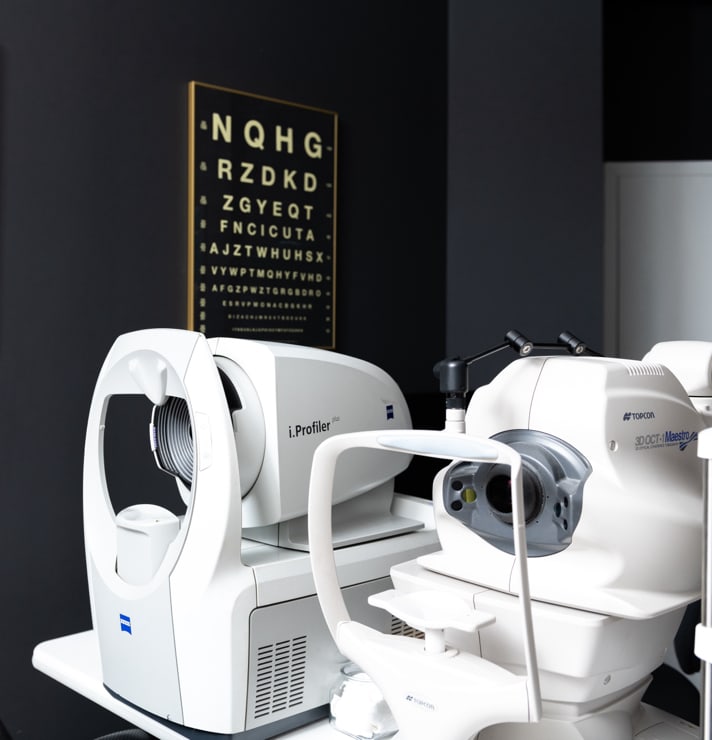If your eyes are red, itchy, and watery, you might be wondering if you have pink eye. Although this is a common symptom of many types of ocular infection, there can be other causes that are often misdiagnosed. We will explore the different conditions that can be determined through an eye exam that may cause symptoms similar to pink eye and how to differentiate them for proper diagnosis and treatment.
Conditions commonly diagnosed as pink eye include:
- Viral conjunctivitis
- Bacterial conjunctivitis
- Dry eye syndrome
- Allergies
- Glaucoma
- Herpes Simplex Virus
- Styes
- Corneal ulcers
- Foreign objects
Conjunctivitis vs. Other Common Eye Problems
There’s nothing more frustrating than eye discomfort or irritation. But when it comes to discerning between different eye problems, things can get confusing. Conjunctivitis, or pink eye, is a common condition that causes inflammation and irritation of the conjunctiva, the clear tissue that covers the white part of the eye.
It’s often caused by a virus or bacteria and can be highly contagious. However, there are many other eye conditions that can cause similar symptoms, such as dry eye syndrome, allergies, or even more serious issues like glaucoma. Understanding the differences between these conditions is crucial for proper treatment and management.
What Are the Symptoms of Conjunctivitis (Pink Eye)?
Some common symptoms of pink eye include:
- Redness
- Itchiness
- A gritty or burning sensation in the eyes
- Tearing
- Discharge
- Sensitivity to light
- Blurred vision
- A feeling like something is stuck in your eyes
Pink eye can be caused by a bacterial or viral infection, allergies, or irritants, and it’s essential to see a doctor if you experience any of these symptoms to receive proper treatment and prevent the spread of the infection.
Treatment Options for Pink Eye
Fortunately, there are a variety of treatment options available to help alleviate the symptoms of pink eye. Depending on the cause of the condition, your doctor may recommend an antihistamine or antibiotic eye drops, which can help reduce inflammation and fight off any bacterial or viral infections.
Warm compresses and artificial tear drops can also be helpful in soothing irritated eyes. It is essential to follow your doctor’s instructions carefully and avoid touching or rubbing your eyes in order to prevent further irritation or infection. With the proper treatment, you can help alleviate the discomfort of pink eye and get back to your daily routine.
Differentiating Between Viral & Bacterial Conjunctivitis
Both viruses and bacteria can cause conjunctivitis. It’s important to understand the differences between the two types of conjunctivitis, as they require different treatment methods.
Viral conjunctivitis is highly contagious and can spread easily through contact with infected people or surfaces. It often affects both eyes and may be accompanied by a runny nose or sore throat.
Bacterial conjunctivitis, on the other hand, typically affects only one eye and produces a thick, yellowish discharge. While both types of conjunctivitis can be irritating, knowing which one you have can help bring relief faster.
Red Eye Due to Allergies
There’s nothing worse than waking up to red, itchy eyes that won’t stop watering. For allergy sufferers, this is a common occurrence, as red eyes are a frequent symptom of seasonal allergies. Allergens can irritate the eyes, causing them to become inflamed and red, making it hard to differentiate between whether you have pink eye or not. It’s important to take care of your eyes by using eye drops or avoiding allergens whenever possible.
Herpes Simplex Virus (HSV) of the Eye
The herpes simplex virus (HSV) is a common virus that causes cold sores in the mouth and genital area. However, it can also infect the eyes and cause serious complications. When the eye is infected, it is referred to as herpes simplex virus of the eye. This type of infection can cause inflammation and scarring of the cornea, which can lead to vision loss if left untreated.
Symptoms of HSV of the eye include eye pain, redness, sensitivity to light, blurry vision, and a sensation of something in the eye. It is essential to seek medical attention if you suspect you have an HSV eye infection to prevent permanent damage to your eyesight.
Dry Eye Syndrome (DES) & Eyesight
Dry eye syndrome is a common condition that can lead to discomfort and vision problems. It occurs when the eyes do not produce enough tears or when the tears that are made are of poor quality.
This can cause a range of symptoms, including stinging, burning, redness, and sensitivity to light. If left untreated, it can even lead to vision loss. DES symptoms can be mistaken for pink eye and should be treated by an eye care professional.
Styes, Corneal Ulcers, & Foreign Objects
Eye problems can be tricky to diagnose without a thorough eye examination. Some people who experience eye irritation may mistake it for styes, which are commonly caused by bacterial infections. However, corneal ulcers are different altogether; they are caused by fungus, bacteria, or viruses. These ulcers can cause a lot of discomfort and may require immediate medical attention.
Another potential issue is if you’re experiencing pain in your eye or sudden vision changes. It could be a sign of a foreign object in your eye. This can happen when something gets trapped between your eyelid and your eyeball. With these misdiagnoses, it’s important to get proper medical care to determine the underlying problem and get the appropriate treatment.

Seek Professional Help for Pink Eye
It is essential to ask your healthcare provider if you think you may have pink eye or any other type of eye infection. There are many different treatments available for eye infections, allergies, and dry eyes, so don’t let any uncertainty stop you from seeking treatment.
It’s important to remember that regular appointments with your eye doctor are vital to making sure your eyes remain healthy and protected. Book an appointment today with one of our locations in Toronto at See & Be Seen Eyecare.













